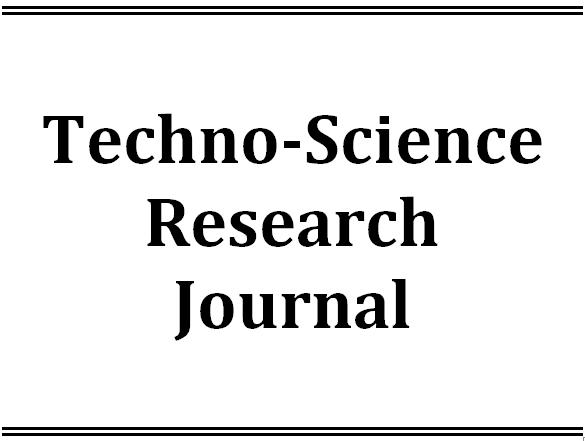Latest Issue
Empowering Education with Online Khmer Handwritten Text Recognition for Teaching and Learning Assistance
Published: August 30,2025Undergraduate Student Dropout Prediction with Class Balancing Techniques
Published: August 30,2025Status of Seawater Quality at Koh Rong Island, Sihanoukville, Cambodia
Published: August 30,2025Low-Complexity Detection of Primary Synchronization Signal for 5G New Radio Terrestrial Cellular System
Published: August 30,2025Word Spotting on Khmer Printed Documents
Published: August 30,2025Tuning Hyperparameters Learning Rate and Gamma in Gym Environment Inverted Pendulum
Published: August 30,2025Examining Passenger Loyalty in Phnom Penh Public Bus System: A Structural Equation Modelling Approach
Published: August 30,2025Prediction on Load model for future load profile of Electric Vehicle charging demand in Phnom Penh
Published: August 30,2025Economic Study on Integrating PV-DG with Grid-Tie: Case Study in Cambodia
Published: August 30,2025Prediction of California Bearing Ratio with Soil Properties of Road Subgrade Materials in Cambodia
-
1. Transportation Engineering, Graduate School, Institute of Technology of Cambodia, Russian Federation Blvd., P.O. Box 86, Phnom Penh, Cambodia
Academic Editor:
Received: May 12,2023 / Revised: / Accepted: August 15,2023 / Available online: December 31,2023
California Bearing Ratio (CBR) value has been widely used to evaluate pavement foundation characteristics. To minimize the effect of human errors, cost, and time for selecting soil subgrade soil for roads, the CBR value can be developed using regression techniques by performing numerous CBR and physical tests considering different soil types. The main objective of this study was to examine the correlation of CBR value with soil properties of road subgrade. Twenty-seven specimens were obtained from twenty different provinces in Cambodia. The basic properties tests (Sieve analysis, Atterberg limit, compaction test, and CBR test) were conducted. From the test result, multiple linear regression was adopted to correlate the prediction model of the CBR. Based on the current study, it was found that the prediction model with the function of gravel, sand, fine, plastic index, maximum dry density, and optimum water content provided a better coefficient of determination (R2) for both study and validating data, which was about 0.9215 and 0.8348, respectively. However, another model is preferable practically since it relates only to the sieve analysis parameter. That model also has better R2 for training (R2 = 0.8901) and validating data (R2 = 0.6969). Therefore, that model should commonly be used for the primary check of the soil in the field due to human effect, costly and time-consuming.

